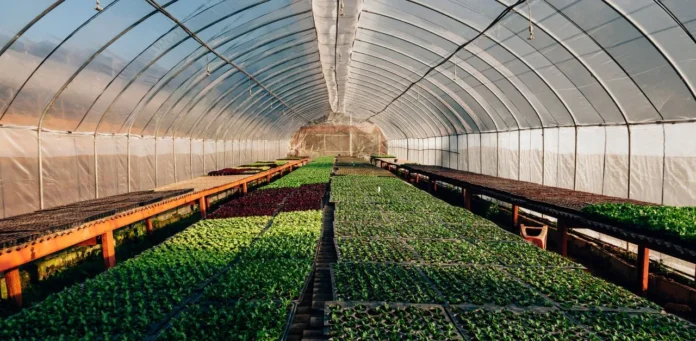Hershey updates greenhouse gas emission reduction goals
Hershey updates emissions targets! Hershey (NYSE: HSY) today unveiled new goals aimed at significantly reducing greenhouse gas (GHG) emissions by 2030, in line with the latest scientific standards This strategy performs this project highlights Hershey’s strong commitment to environmental sustainability and a priority for reducing the impact of climate change in its global operations Mark the steps.
Rachel Grunberg, senior manager of environmental sustainability at The Hershey Company, emphasized the company’s commitment to controlling its carbon footprint, stressing the importance of creating a global environment note the protection of life. He described Hershey’s proactive approach, driven by ambitious goals that incorporate cutting-edge scientific methods into their business strategy.
Central to Hershey’s revised target is a commitment to reduce GHG emissions from ranges 1 and 2 by 50% from the baseline of 2018 by 2030, a goal reaffirmed by the Science Based Target Initiative (SBTi) Notably is that the company has already achieved a commendable 43% reduction in these emissions. In addition to these milestones, Hershey established specific targets for Forest Land Agriculture (FLAG) emissions, with the goal of reducing FLAG emissions by 36% and non-FLAG emissions is increased by 30% at the same time is consistent with the target.
Hershey’s multi-pronged approach to reducing carbon emissions includes several initiatives to improve energy efficiency, purchasing renewable energy, and sustainable agricultural practices Item particularly attractive is Hershey’s efforts to increase renewable and zero-carbon energy. By 2023, the company increased its electricity demand from renewable sources to around 80%, with investments in solar power purchase agreements (PPAs), renewable energy credits (RECs.), and bolstered by zero-carbon emissions credits (ZECs). -There is also a PPA that follows their US counterparts. a large portion of electricity consumption is handled and moreover, candy factories are among the selected types of salt in the US. and Canada currently with 100% renewable or zero-carbon electricity They are doing the work
In line with these efforts, Hershey has strengthened its focus on promoting sustainable agricultural practices in its supply chain. Collaborative partnerships have been an important component of initiatives aimed at improving soil health, promoting agroforestry, and promoting resilience to climate change in cocoa, dairy and among sugarcane farmers intensify the Hershey Income Accelerator Program stands out as a key effort, empowering farmers through comprehensive soil health support development and agroforestry practice s are. Similarly, initiatives such as the Sustainable Dairy PA program in Pennsylvania highlight Hershey’s commitment to sustainable agriculture by integrating coastal forest preservation agriculture with other practices on the snow
The company’s commitment to forest conservation and biodiversity conservation is equally strong. Hershey accelerated its timeline to acquire basic commodities such as cocoa, palm oil, palm oil and paper, soybeans for uncleared forests, and set a goal of completion by Dec. 31 — five years ahead of schedule — before Dec. 31 — five years ahead of schedule. 31, 2025 many and the Reserves of Cote d’Ivoire to preserve the Mabi-Yaya Nature Reserve underlines its commitment to restoring degraded forest lands and promoting biodiversity.
For stakeholders eager to delve deeper into Hershey’s journey and sustainability development, the company’s comprehensive Environmental, Social and Governance (ESG) report. provides detailed insights. This report underscores Hershey’s unwavering commitment to responsibility, ethics, and sustainability—principles that have underpinned the company since its inception a century ago
Built on a legacy of integrity and innovation, The Hershey Company continues to lead by example in the confectionery industry, driven by a strong commitment to positively impact its value chain.

